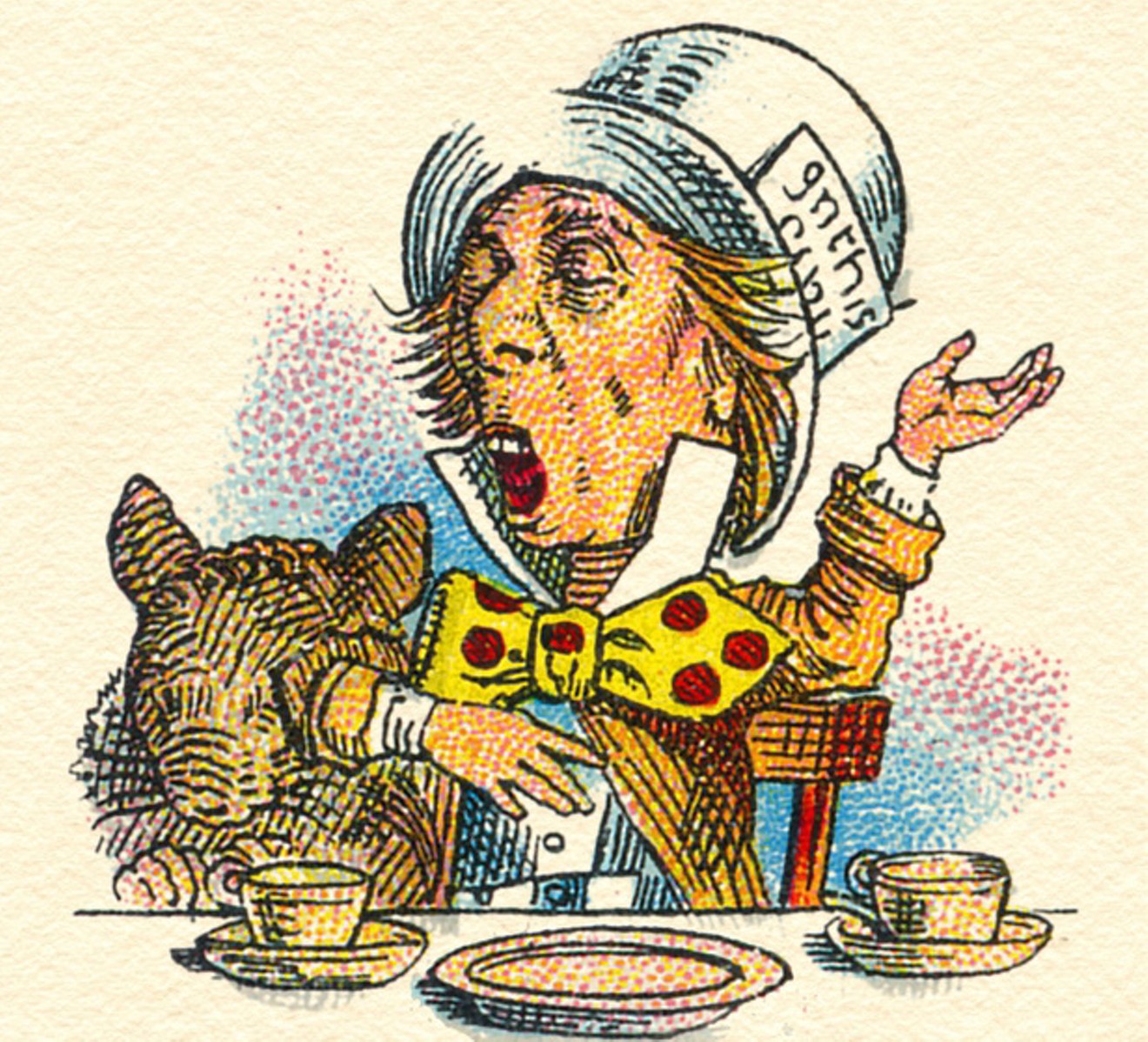One of the keystones of fantasy literature is the portal novel.
In portal stories, an ordinary person living in our version of Earth is magically (or sometimes scientifically) transported Somewhere Else. The hero may fall down a rabbit hole, or get swept up in a tornado, but they end up in another land or another time, usually with a quest to take care of before they can find their way home.
From Lewis Carroll to C.S. Lewis, this was the standard fantasy story from the 19th century through the mid-20th century, when it fell out of favor for the epic “second world” tales from Tolkien and his followers.
Portals never really close though, and they continued to open up in children's novels like The Phantom Tollbooth. Now, they are back on the bestseller lists, thanks to television shows like Outlander, where a woman is swept back in time after she enters a ring of standing stones in the Scottish Highlands.
For those in need of an escape, here are ten transportative novels.
Alice's Adventures in Wonderland
By Lewis Carroll
The roots of portal fantasy lie in a rabbit hole.This nonsensical classic was written by Carroll for his friend's daughter, and chronicled her adventures in a fantasy world after falling into a rabbit hole. But you know the story, whether through the Disney cartoon or the Jefferson Airplane story. Suffice to say this children's tale is now recognized as one of the cornerstones of fantasy literature.John Carter of Mars
By Edgar Rice Burroughs
Also called the Barsoom Series, these turn-of-the-century pulp novels blur the lines between sci-fi and fantasy. Sure, they take place on Mars, called Barsoom by its natives, but the tales of John Carter, a Confederate soldier who is whisked away to the Red Planet via astral projection, where he fights to win the princess's heart and free the people of Barsoom from their oppressive rulers.The Wonderful Wizard of Oz
By L. Frank Baum
We all know the story of Dorothy getting swept up in a cyclone from her boring Kansas life, to be dropped, quite literally, into the magical land of Oz. The tale of Dorothy’s adventures has long been examined for deeper allegorical meanings, usually related to American history, but even on the surface it’s a clever and timeless tale. Which explains why it has been made and remade into so many films.The Lion the Witch and the Wardrobe
By C.S. Lewis
Lewis’s allegorical Christian novel is the definitive portal novel. All of the Narnia novels had portals of some sort, but none captured the imagination like the first. What child didn’t go exploring deep into their old closet hoping to find the lamppost that would lead them to Narnia? We were so busy looking for Mr. Tumnus behind our grandparents' greatcoats that we completely missed the heavy Christian allegory.
The groundbreaking Chronicles of Thomas Covenant changed the face of fantasy in the late '70s, while updating the portal fantasy for a new generation.
Del Rey Books
The "Chronicles of Thomas Covenant"
By Stephen R. Donaldson
Fantasy novels were hard to come by in the late '70s. Tolkien still cast a wide shadow, and the novels that were coming out were thinly veiled rewrites of the Lord of the Rings. Donaldson's trilogy stands out because of it's non-Tolkienesque story and use of the portal trope, but also for it's incredibly unlikable anti-hero. Covenant is a self-loathing leper in our world, but after a mysterious beggar gives him a white gold ring, he awakes from an accident in a magical land where he is destined to be its savior. Covenant believes it is all a delusion, and his doubt and bitterness fuel the conflict in this classic of modern fantasy.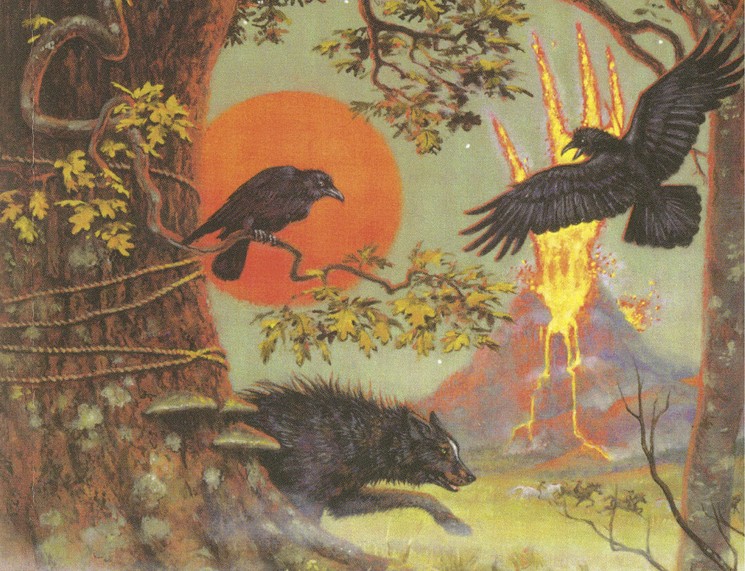
'The Fionavar Tapestry' trilogy follows a group of college students who are drawn into a fantasy world through a magical tapestry.
Del Rey Books
"The Fionavar Tapestry" trilogy
By Guy Gavriel Kay
Another common method of portal transportation involves looking at a piece of art. Lewis used this technique in The Voyage of the Dawn Treader with a painting of the titular ship. For Kay, the portal artwork is a tapestry, which transports five university students into the magical world of Finovar, where they are heroes of destiny battling alongside legendary figures like King Arthur.The Magicians
By Lev Grossman
Grossman's controversial novel has been called "Harry Potter for grownups," and its decadent 20-something magic school students certainly bear that out. But the novel is also an examination of portal fantasy, as the heroes discover the world of their favorite childhood novels, Fillory - acting as a barely-disguised stand-in for Narnia, is real. After they journey to the magical land through a fountain, they quickly discover the whimsical storybook world of the books isn't all that whimsical in real life.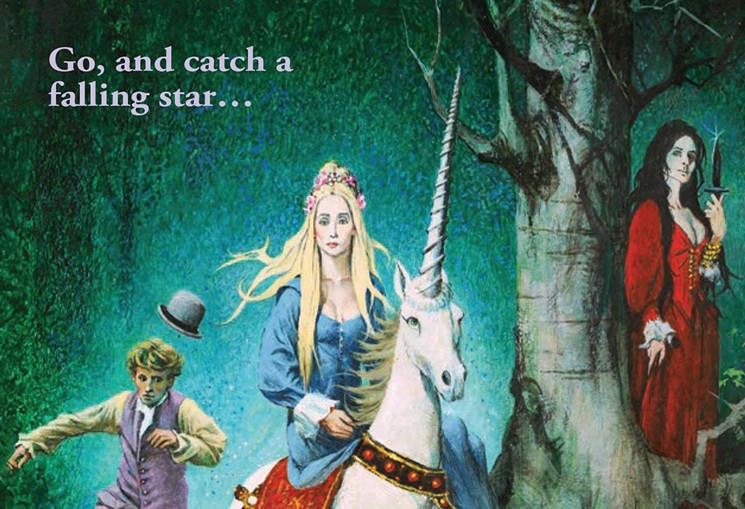
Stardust started as a comic miniseries before being adapted into a novel and later a movie.
HarperCollins Publishers
Stardust
By Neil Gaiman
Gaiman has written several portal stories, including Neverwhere and the children's novel Coraline. But Stardust captures one particularly wonderful trope - the border to Fairyland. The village of Wall sits on just such a border, keeping guard that nothing passes through the gate in the old stone wall that marks the boundary. But when youngTristram Thorn makes a foolish promise to the girl he loves, he must venture through the gate into the land of the Fae to catch a falling star.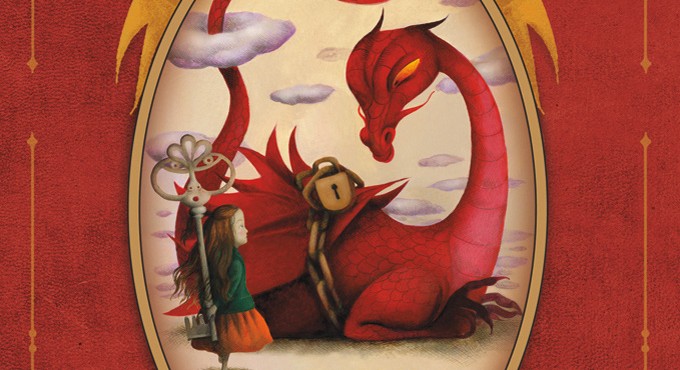
The Girl Who Circumnavigated Fairyland kicks off a quintet of smart middle-grade adventures following a bored midwestern girl who is carried into Fairyland by the Wind.
Macmillan Publishers
The Girl Who Circumnavigated Fairyland in a Ship of Her Own Making
By Catherynne Valente
Valente's "Fairyland" series is a love letter to classic portal stories. The story follows September, a 12-year-old Nebraska girl, bored at home while her father fights in Europe and her mom works in a factory. When the Green Wind offers to take her to Fairyland, she doesn't hesitate. Valente's novel is a joy for all ages, filled with herds of wild velocipedes and talking wyverns who think they are libraries. And it successfully captures the magic of the early works of Baum and Carroll and provides a joyful read for a cynical postmodern audience.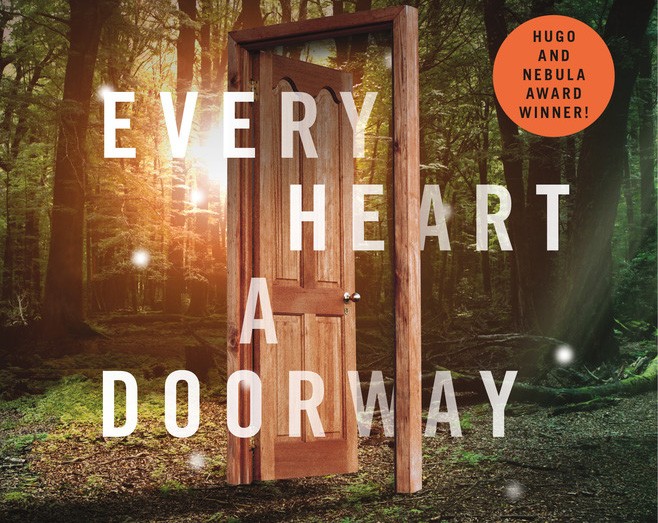
Seanan McGuire examines what happens when you return from a portal world in the award-winning Every Heart a Doorway.
Tor Books
Every Heart a Doorway
By Seanan McGuire
Perhaps the ultimate statement on portal fantasy, McGuire’s novella focuses not on otherworldly adventures, but their aftermath. Set in a boarding school for children who have gone through portals… and come back, the novella's heroes and heroines are broken, unable to relate to the real world, unable to relate to their families, and constantly longing to go back to their magical worlds. The school provides some protection and psychiatric assistance in coping with their indescribable loss, until someone starts murdering the students. McGuire won a shelf-full of awards this year for this masterpiece, and a sequel, Down Among the Sticks and Bones hit stores this summer, with another due in January.Editor's note: This article was originally published in 2017.

